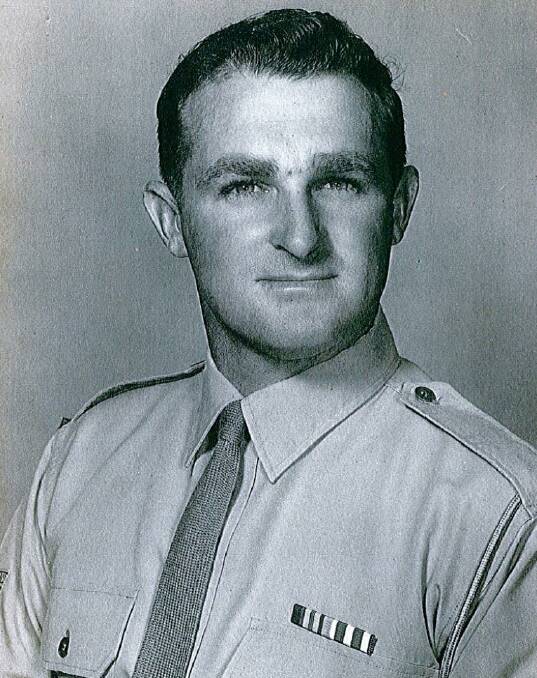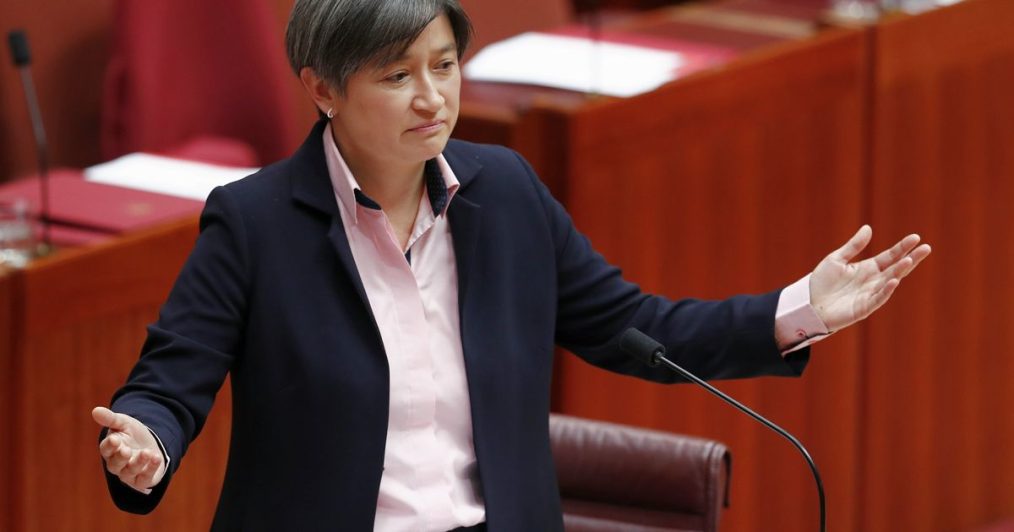ED: My apology for posting this the other day without the video, thanks to those who let me know.
Leading organisations in the energy space have taken a single minded approach to the energy transition. They view weather dependent renewables as the sole option for a cleaner grid. This unwillingness to look at all alternatives to fossil fuels has led to gaps in the scientific reasoning. Experts Helen Cook, Chris Uhlmann, Adi Paterson and Aidan Morrison spoke at a recent CIS lunch where they laid out a clear path forward for nuclear energy. They looked at what Australia can learn from other countries’ energy transition. And they answered some of the most pressing questions in the nuclear debate: how long and how much? This isn’t just about lifting bans or debating renewables; it’s about envisioning a feasible, practical path to nuclear energy.









